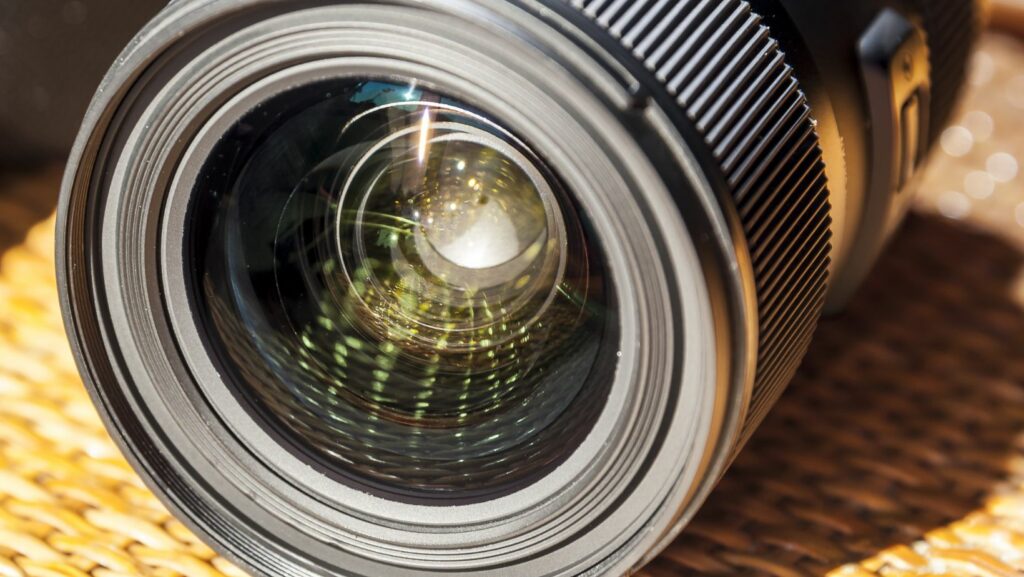In the realm of photography, a zooming lens is a game-changer, offering versatility and convenience to capture subjects at varying distances without changing lenses. Whether it’s a sweeping landscape or a detailed close-up, zooming lenses empower photographers to adapt quickly to different scenes. Their ability to adjust focal lengths seamlessly makes them indispensable in dynamic shooting environments. Zooming lenses have evolved significantly, blending advanced optics with innovative technology to deliver sharp, high-quality images. As photographers explore diverse genres, from wildlife to sports, these lenses provide the flexibility needed to capture fleeting moments with precision. The continuous advancements in lens design ensure that both amateur and professional photographers can push the boundaries of their creativity. Understanding the benefits and features of zooming lenses can transform how one approaches photography. By mastering their use, photographers can enhance their storytelling capabilities, capturing the world in all its vibrant detail.
Zooming Lens

Zooming lenses offer flexibility in framing subjects at various distances. They consist of multiple focal lengths within a single barrel, allowing photographers to switch from wide-angle to telephoto shots without changing lenses. This versatility proves invaluable in dynamic environments. Modern zooming lenses feature advanced optics and image stabilization technology. They reduce distortion and chromatic aberration, ensuring sharp and clear images. For instance, wildlife photographers can capture distant animals in detail, maintaining image quality despite long distances. Different types of zooming lenses cater to specific needs. Standard zoom lenses (e.g., 24-70mm) cover a range of everyday scenarios from portraits to landscapes. Telephoto zoom lenses (e.g., 70-200mm) excel in sports and wildlife photography, where capturing distant subjects is essential. Superzoom lenses (e.g., 18-300mm) provide an all-in-one solution for travel photographers who want to travel light. Understanding the maximum aperture of a zooming lens is crucial. Lenses with wider apertures (e.g., f/2.8) perform better in low light, creating soft background blur ideal for portraits. In contrast, lenses with variable apertures (e.g., f/3.5-5.6) might be more affordable but offer less low-light performance.
Features of Zooming Lenses

Zooming lenses stand out for their adaptability and enhanced control over composition. These lenses cater to a variety of situations, thanks to their adjustable focal lengths. The zoom range in these lenses permits photographers to adjust their framing seamlessly. For instance, a lens with a 24-70mm range allows capturing both wide-angle shots and portrait distances without swapping lenses. Varied focal lengths offer flexibility for genres like landscapes and portraits. Aperture controls light entry and depth of field in images. Modern zooming lenses feature advanced optics and image stabilization technology. They reduce distortion and chromatic aberration, ensuring sharp and clear images. Lenses with larger maximum apertures, such as f/2.8, excel in low-light settings and isolate subjects with a pleasing background blur. However, lenses with variable aperture ranges, like f/3.5-5.6, might present more budget-friendly alternatives while sacrificing some light performance.
Buying Guide for Zooming Lenses

Choosing the right zooming lens can elevate any photographer’s work. Begin by considering what types of photography you’ll engage in most frequently. For everyday versatility, a standard zoom lens like the 24-70mm is a solid choice, offering a range that covers most common scenarios. If you often shoot wildlife or sports, a telephoto zoom lens such as the 70-200mm will help you capture distant subjects with precision. For those who travel or need an all-in-one solution, superzoom lenses like the 18-300mm offer unparalleled flexibility. Pay attention to the maximum aperture of the lens; wider apertures perform better in low light and offer beautiful background blur, ideal for portraits. Image stabilization is another crucial feature, especially for shooting in dynamic conditions or low light, as it reduces blur from camera movement. Ultimately, investing in a high-quality zooming lens tailored to your specific needs can significantly enhance your photographic storytelling. Zooming lenses have become indispensable tools. They adapt to many genres without compromising image quality. Whether for professional or enthusiast use, mastering zooming lenses can elevate one’s photography to new levels.

